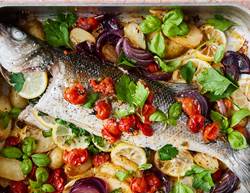It's easier than you think!
If you’re trying to slim down, consider this very important fact: How you store the food in your kitchen matters almost as much as which foods are there in the first place.
It’s a good idea to stock up on healthy staples like fruits, veggies, whole grains, and lean proteins, of course. But if you don’t put them—and those tempting, junky snacks that your family members insist on having around—in the right place, they might not do you much good.
(Want to pick up some healthier habits? Sign up for FREE to get healthy living tips, weight loss inspiration, slimming recipes and more delivered straight to your inbox!)
Don’t believe it? More and more, science is uncovering that what we see in our kitchens can have a significant impact on our food choices. Which means that if you want to lose weight, you need to make the good stuff easy to access—and keep the diet derailers out of your line of vision. That’s the basic principle anyway, but there are lots of small, specific ways to put this idea into practice.
Here, the expert-approved tips to help you organise every corner of your kitchen—and start losing weight.

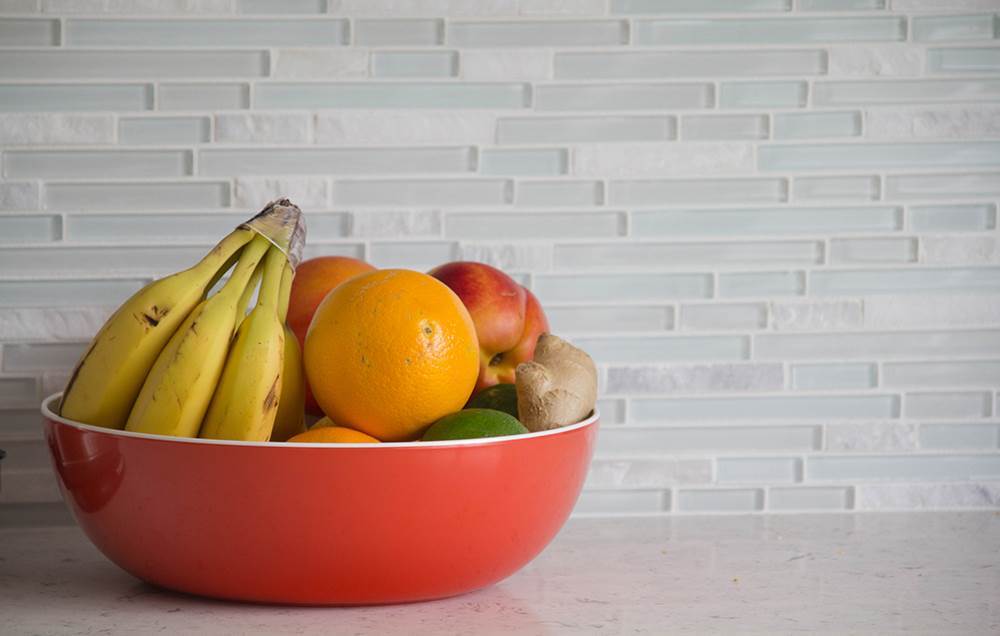
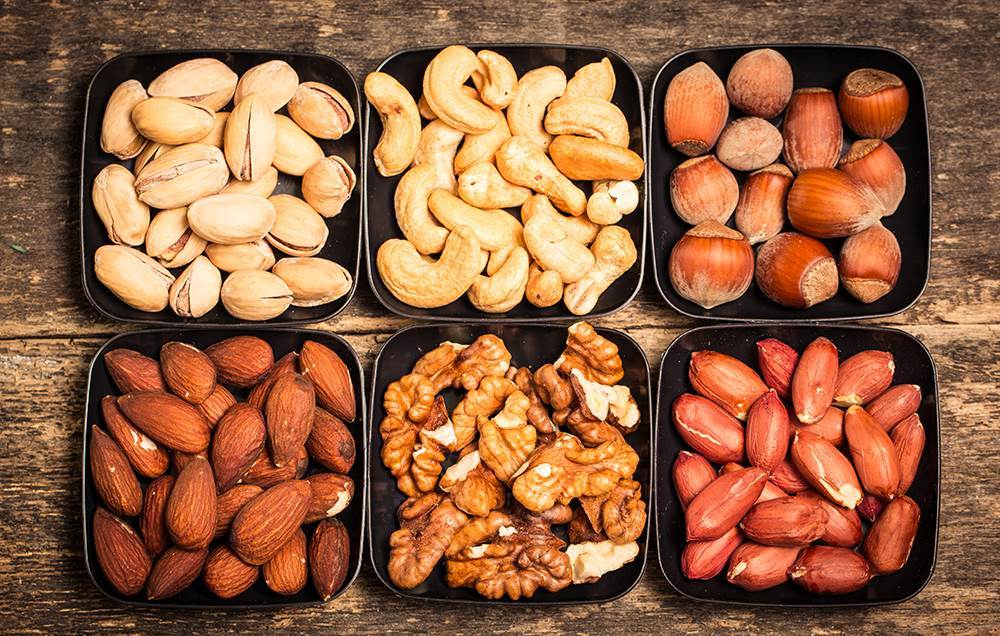
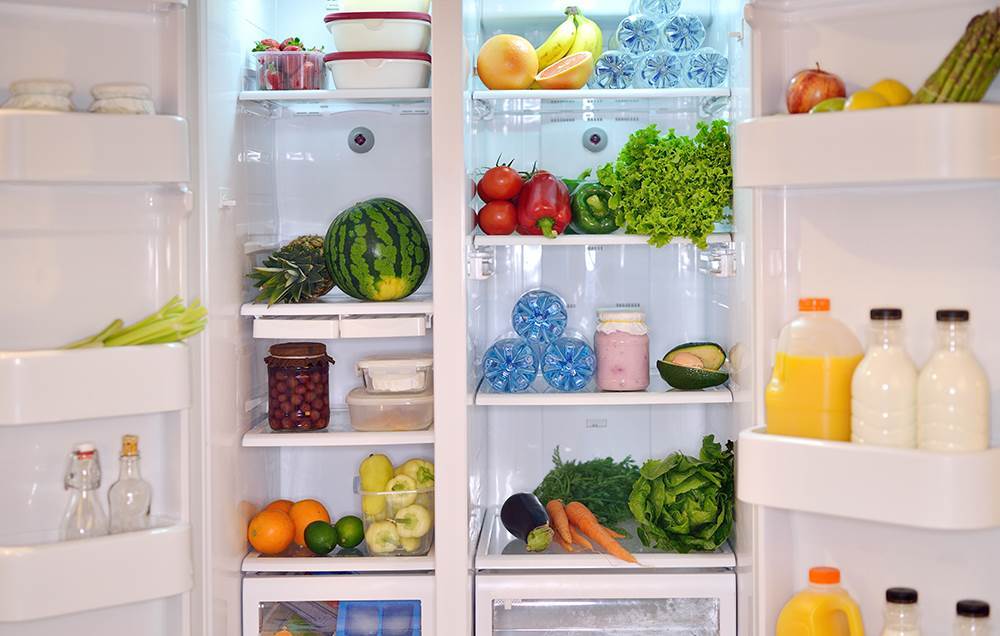


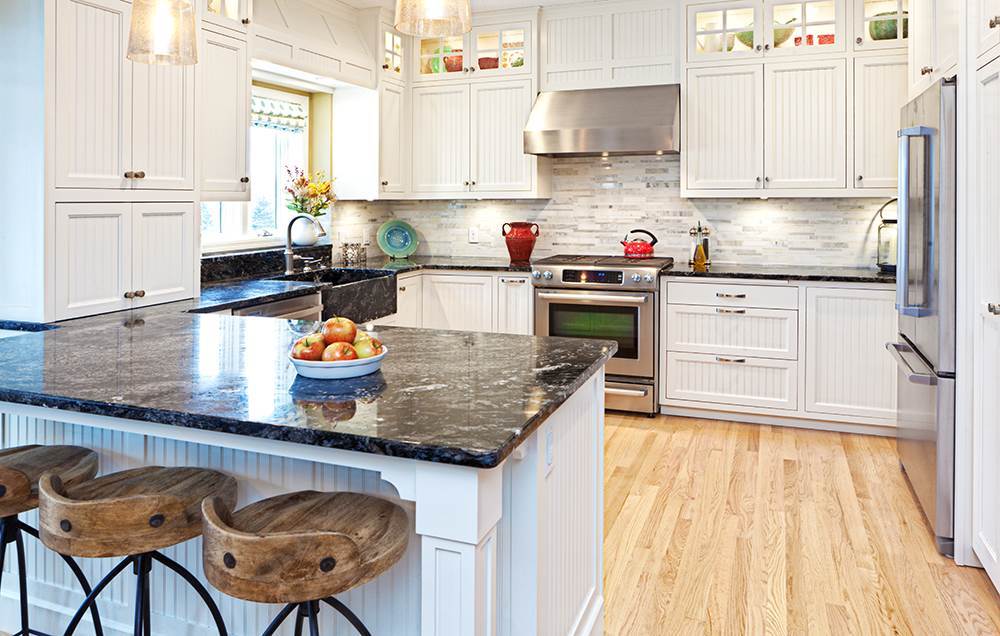
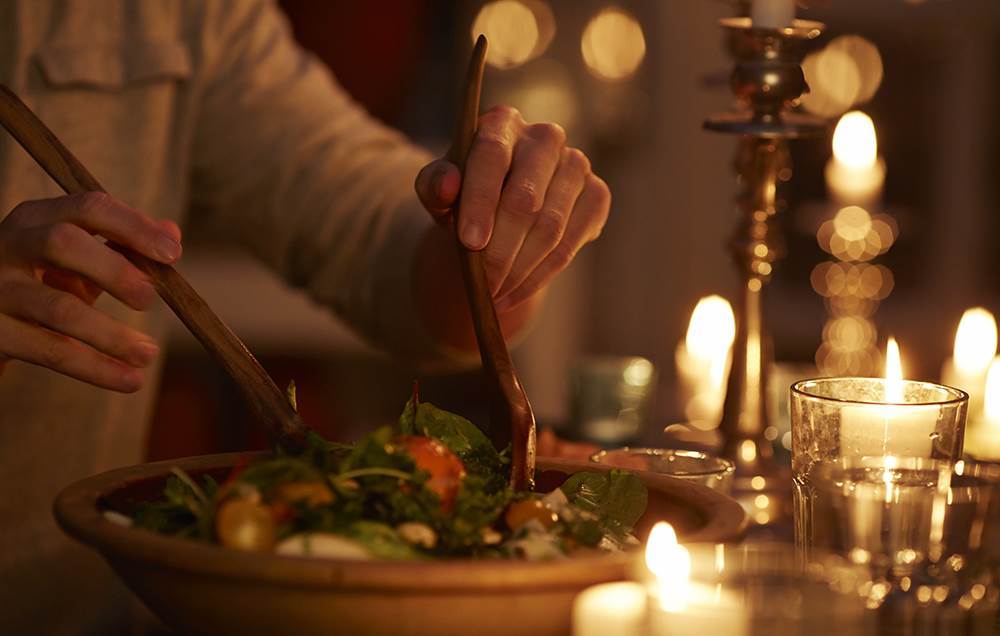
Hide empty-kJsnacks.
If you’re trying to eat fewer cookies, chips, and other empty-kilojoule snacks, having them sitting out on the counter won’t help you one bit. That’s because just seeing food can be enough to make you want to eat it, whether you’re hungry or not, says dietitian Georgie Fear.
And all those nibbles can seriously add up. In one study, researchers found that women who stored cereal and soda on their countertops weighed about 10 kilos more, on average, compared to those who didn’t. The lesson? Aim to keep those countertops food-free (more on where the snacky stuff should go later). There’s just one exception…
Keep your fruit bowl stocked.
It’s the one type of food that science says can actually help you lose weight when you set it out in a prominent space like your kitchen island. How many kilos are we talking about, exactly? Well, the very same study mentioned above found that women who keep out a bowl of fresh fruit are around 6kgs lighter than those who don’t.
The reasons are twofold. Fruit’s a low-kJ snack, and seeing it is a good reminder to eat it instead of rifling through the fridge or cabinet for something else, says dietitian Sarah Pflugradt. At the same time, fruit just isn’t as tempting as, say, pretzels or chocolate. So there’s a pretty good chance you’ll only grab that apple or banana if you’re actually hungry.
Pre-portion healthy packaged snacks.
Keep things like nuts, dried fruit, or air-popped popcorn in an easy to reach spot, so you can grab them and go whenever hunger strikes. Experts at Google have found that making healthy snacks easily accessible is an effective way to nudge people to pick those foods more often.
Pflugradt recommends pre-portioning snacks into individual snack bags or containers as soon as you bring them home. It’ll help discourage mindless snacking since you’re less likely to grab a handful from a single-serve container compared to a full-size bag. And when snack time does roll around, pre-portioned amounts make it harder to overeat.
Organise your pantry and fridge strategically.
In a perfect world, you might be able to keep junky snacks out of the house altogether, so they wouldn’t be able to tempt you at all. But if others in your family like to have treats on hand, keeping it off the counter isn't enough. Your best bet is to store them in a place where they won’t taunt you every time you open the cupboard or pantry. A very high or low shelf, or all the way in the back, should do the trick. As long as it's out of your line of vision: Findings published in the journal PLoS One show that just the sight of tasty food can be enough to make us want to chow down. “If we keep food hidden, we’re more likely to forget about it,” Pflugradt says.
And even if you do remember there's a box of donuts hidden in the depths of the pantry, keeping them tucked away could be enough to deter you from eating them. “If you have to exert more energy to get something, you have more of a chance to think about whether you really want it,” Fear says.
So where should the healthy stuff go? Designate a spotlight zone for the most nutritious foods in your fridge and pantry, like the front of the center shelf. Keeping healthy staples right up front makes them easier to find, so you don’t have to dig past that leftover cake or mac and cheese. More importantly, findings suggest that the center shelf tends to be where our eyes focus first. And other studies show that we’re more likely to fill our plates with healthy foods if those are the first foods we see.
Stock up on canned goods.
Specifically, canned beans like black beans, chickpeas, white beans, and lentils. They’re loaded with belly-filling fibre and protein, and can instantly turn anything from salads and soups, to pasta into a meal that’ll keep you satisfied for hours, Fear says. That means even when the fridge is empty, or you don’t have the energy to cook, you’ve got something easy and healthy on hand instead of having to order takeout.
All of which can add up to more kilos lost.
Use the right containers.
Chances are, not everything in your fridge will be healthy 100% of the time. But you can keep your focus on the good stuff by storing it in clear containers—and using opaque containers or tin foil for the not-so-healthy stuff like leftover pizza, Fear suggests.
Remember, the stuff you see is the stuff you’ll most want to eat. By keeping tempting foods out of sight, you’ll automatically eat less of them. Case in point: One Cornell University study found that workers ate two fewer chocolates per day from an office lolly jar when the chocolates were stored in an opaque bowl with a lid compared to a clear one.
Clear the clutter.
Your fridge and pantry aren’t the only places in the kitchen you should try to keep in a relatively tidy state. Try to make a habit of putting dirty plates and dishes directly in the dishwasher instead of letting them sit out on the counter or sink. And try not to let papers and other random junk pile up on the table.
Why? In one Environment and Behavior study, researchers had women spend time in a clean kitchen and in a messy kitchen. In both kitchens, they were offered snacks like carrots and cookies and told they could eat as much as they wanted. What happened? When the women spent time in the messy kitchens, they ate about 1400kJs’ worth of cookies.
“Any additional stress can trigger overeating, so keeping things neat could help you feel more content—and less noshy—in your living space,” Fear says. And if you have to be in the kitchen but haven’t had time to straighten up, at least try to corral the mess to one area and give yourself a neat working space, she adds.
Add some candles.
You know, the ones that have been sitting in the drawer for years that you always mean to use, but never do? Put them out on the kitchen table and light them during meals. Candles give a nice ambiance, of course, but dimly-lit dining areas also encourage people to eat slower, enjoy their food more, and eat around 14% less food, found a study published in the Journal of Marketing Research.
Just make sure to do your meal planning and prepping beforehand with the regular lights on. People make healthier choices in brighter light—so you might be more likely to decide on salmon over creamy pasta, and nibble less while you cook.








